The City as Art
Meet a Masterpiece: Manhattan
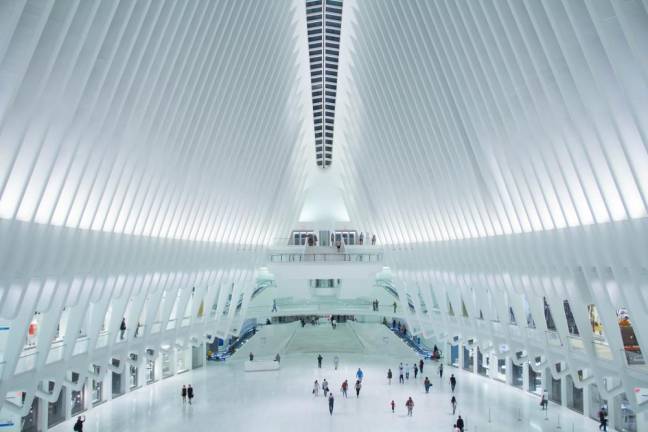
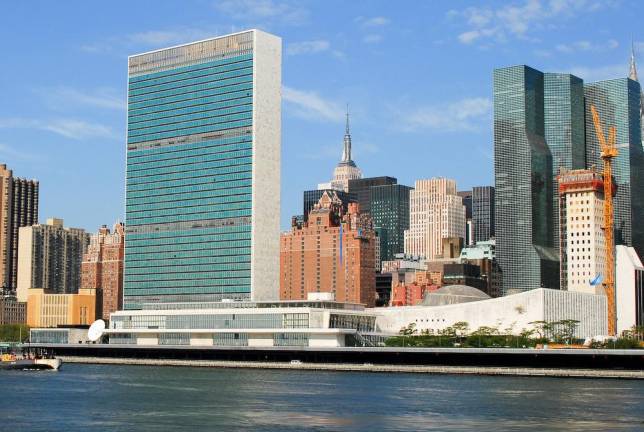
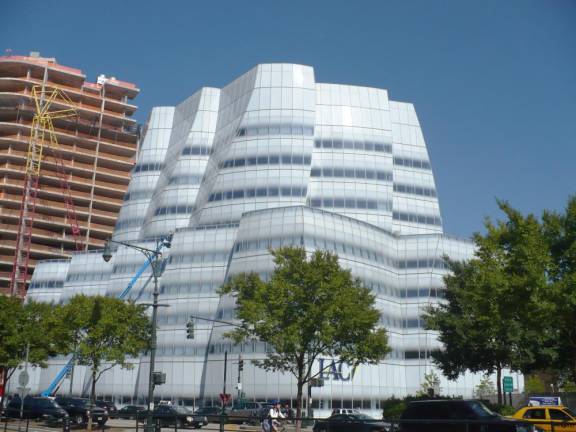
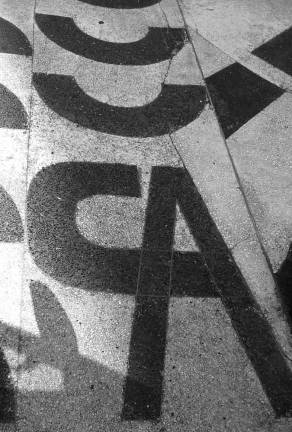
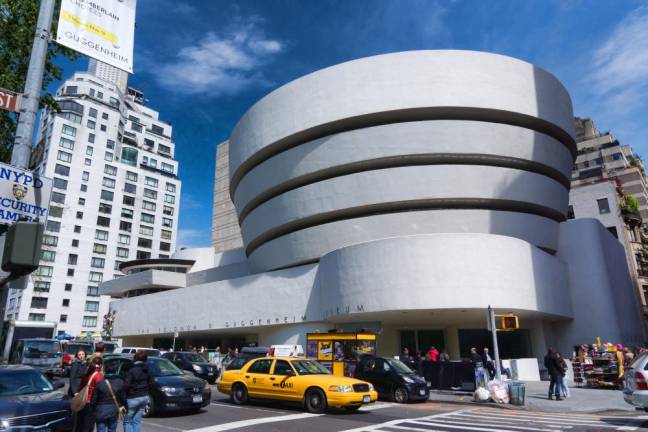
“There is no reason not to consider the world as one gigantic painting,” Robert Rauschenberg once said. Like so many in our town, he was inspired by the energy, complexity, diversity, and surprise of the city’s sights and sounds.
New York is one big, endlessly evolving work of art. The streets and subways are filled with paintings, sculptures, mosaics and photographs. The buildings we inhabit fill the pages of architecture textbooks and magazines. Our gardens surpass those made for kings and queens. Advertisements and windows have dazzled and drawn crowds for more than a century. New York’s rhythms inspire choreographers. Its hum has been echoed by composers, and its avenues are the backdrop for great dramatic works. Until our beloved museums reopen, look around at the masterpiece you live in. There’s more to be found than you can imagine.
The Oculus, opened in 2016, was built as a transportation hub as well as a 9/11 memorial, equally serving form and function. It gives a soaring impression, both because of its winged structure and its vast, cathedral-like interior. But did you know that architect, Santiago Calatrava, included a secret in his design? The 20 by 240 foot retractable skylight is aligned with the sun. Every September 11th, the light passes directly overhead, creating a beacon that crosses the floor, which Calatrava calls “The Way of Light.” It’s a reference to tragedy, hope and rebirth that recalls the symbolism of ancient astrological temples and structures from Egypt to England.
Not far from there, at Chase Manhattan Plaza on Liberty Street, is Isamu Noguchi’s 1964 “Sunken Garden.” As with the classical Zen meditation gardens that inspired it, it’s meant to be seen from the outside, and there’s a viewing space above. It’s comprised of small bricks that create circles and hills around seven large stones Noguchi brought from the Uji River in Kyoto, Japan. In summer months, there’s a fountain, in winter, soft mounds of snow. It’s calming, restorative, and breathtaking. Noguchi graced New York with many works. His “Red Cube” in front of 140 Broadway and “News” crowning the entrance of 50 Rockefeller Plaza are shiny and stylized, while “Unidentified Object” anchoring the southern corner of the Metropolitan Museum is rough-hewn and naturalistic.
Another great sculptor who called New York home and contributed to its composition is Alexander Calder. We’ve all seen his towering stabiles, but a subtler work often goes unnoticed. Calder’s abstract terrazzo mosaic (signed and dated 1970) was installed between 1014 and 1018 Madison Avenue. He created it in honor of the galleries on the block. Walk on the west side of Madison between 78th and 79th, and you’re traversing fine art.
The presence of a single Frank Gehry building helped turn Bilbao into destination for art lovers. New York’s Gehry structures and spaces are situated amidst thousands of other jaw-dropping properties, but they’re no less spectacular. The almost liquid feel of the rippling surface of his building on Spring Street surprises, and the icy, igloo like IAC Building in Chelsea is unforgettable. Just a bit north of there, magic, whimsy, and $250 million are building a floating park at Pier 55 unlike anything ever seen in New York. It’s due to open next spring.
Radical and Groundbreaking
United Nations Plaza, designed by Le Corbusier and Oscar Niemeyer, is laid out like a work of art. Horizontals, verticals, arcs, and colors are as deliberately placed as those on a canvas (Le Corbusier was also a painter). Before it was built, Niemeyer stated that its “beauty will come from the buildings being in the right space.” With green windows placed against the changeable background of the sky, it’s as cool and elegant now as it was when it was completed.
Also functioning as both art and architecture is the Seagram Building on Park Avenue. Before architect Mies van der Rohe’s 1958 design became the hallmark of mid-century modernism, it was radical and groundbreaking. Every aspect of it – from the public courtyard to the Italian marble elevator bays to the window blinds – was crucial. If you want a fast lesson in single point perspective, stand under the external bronze I-beams and look up. They meet at the top before vanishing into the air.
Frank Lloyd Wright’s Guggenheim not only holds art, it is art. Imagine the vision to design and then realize a spiral shaped building – and not a descending spiral, like a wedding cake, with the smallest weight on the top, but an ascending one, defying gravity with every loop. No wonder people travel from all over the world to look at it.
Seen enough of the outsides of buildings? Check out the windows. The best in the world come here to design them. Both Willem de Kooning and Andy Warhol crafted New York store displays. James Rosenquist earned his bread at one time from painting Manhattan billboards. Take a look around. Yesterday’s, today’s and tomorrow’s star artists, architects, and designers, continue to refine and redefine the masterpiece we call home.